Olafur Eliasson's tears used to make human cheese
Bacteria from personalities including artist Olafur Eliasson, curator Hans Ulrich Obrist and chef Michael Pollan have been used to make human cheese as part of an exhibition about synthetic biology in Dublin.
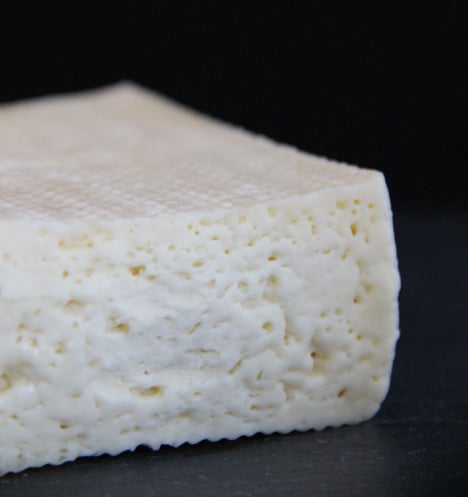
American scientist Christina Agapakis and Norwegian scent expert Sissel Tolaas collected bacteria from Obrist's nose, Eliasson's tears and Pollan's belly button and used them to make the artisanal dairy products.
"We are presenting a set of cheeses made using bacteria from the human body," Agapakis told Dezeen. "Everybody has a unique and diverse set of bacteria living on their skin that can be amplified using techniques from microbiology and grown directly in milk to form and flavour each cheese."
The project, called Selfmade, features eleven cheeses in total, made from bacterial cultures harvested from the skin of artists, scientists, anthropologists, and cheese makers using sterile cotton swabs that were sent to the donors.
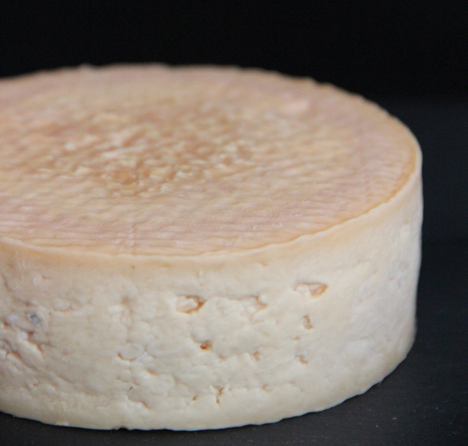
The cheeses each smell, and taste, of the body odour of the donor, Agapakis said.
"It's no surprise that sometimes cheese odours and body odours are similar," she explained. "But when we started working together we were surprised by how not only do cheese and smelly body parts like feet share similar odour molecules but also have similar microbial populations."

The project aims to demonstrate how living organisms that exist in the body also exist in food, and vice versa, and how microbiology can be used to harness and manipulate such organisms to create synthetic microbes with enhanced properties.
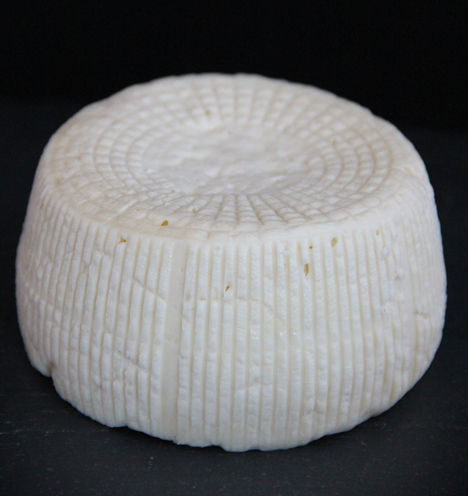
"Despite [their] chemical and biological similarities, there are obviously very different cultural and emotional responses to stinky cheese and stinky feet," said Agapakis. "By making cheese directly from the microbes on the body, we want to highlight these bacterial connections as well as to question and potentially expand the role of both odours and microbes in our lives."
"Nobody will eat these cheeses, but we hope that the cheese can inspire new conversations about our relationship to the body and to our bacteria."
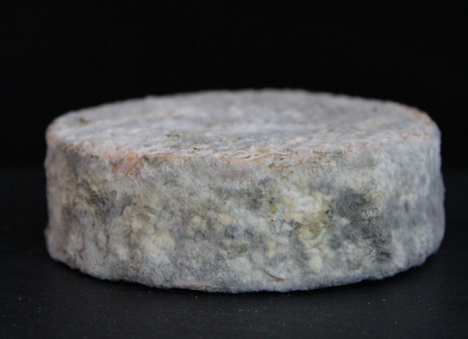
The cheeses form part of the Grow Your Own - Life After Nature exhibition at the Science Gallery in Dublin.
The show also features curator Alexandra Daisy Ginsberg's proposal to create synthetic creatures to help solve environmental problems and a concept for humans giving birth to animals such as dolphins that they could then eat.
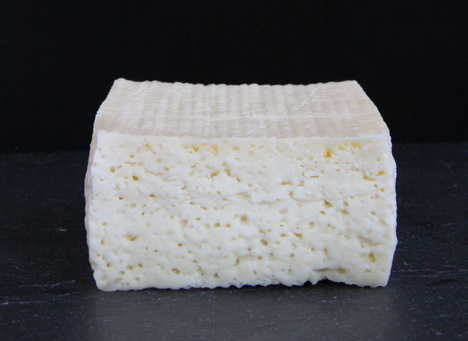
In their artistic statement about the project, Agapakis and Tolaas say they hope to draw attention to the importance and potential of bacteria and to overcome a cultural fear of micro-organisms.
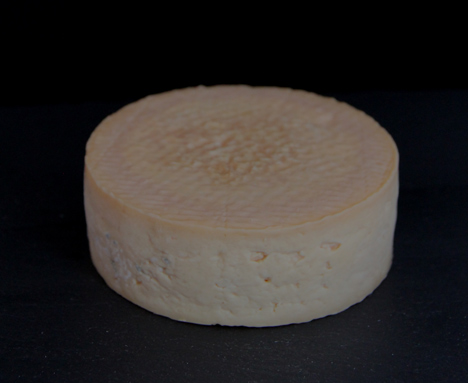
"Can knowledge and tolerance of bacterial cultures in our food improve tolerance of the bacteria on our bodies?" they write. "How do humans cultivate and value bacterial cultures on cheeses and fermented foods? How will synthetic biology change with a better understanding of how species of bacteria work together in nature as opposed to the pure cultures of the lab?"
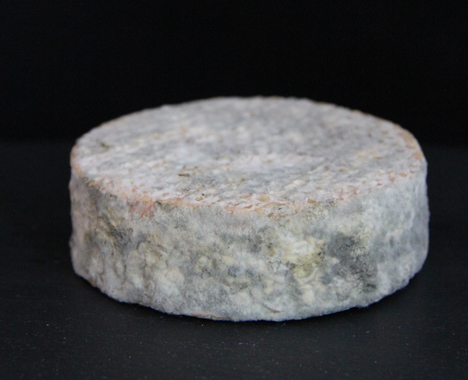
Grow Your Own - Life After Nature is at the Science Gallery in Dublin until 19 January 2014.
Here's some more info from Agapakis and Tolaas:
Selfmade
The growing awareness of human microbial ecology and its influence on health is leading to wider understanding of the body as a superorganism; a collection of human and microbial cells that interact in numerous and unexpected ways. In this paradigm, notions of self and other, and of health and disease, are shifting to accommodate more ecological concepts of diversity and symbiosis.
Selfmade is a series of ‘microbial sketches’, portraits reflecting an individual’s microbial landscape in a unique cheese. Each cheese is crafted from starter cultures sampled from the skin of a different person. Isolated microbial strains were identified and characterised using microbiological techniques and 16S ribosomal RNA sequencing. Like the human body, each cheese has a unique set of microbes that metabolically shape a unique odour.
Cheese odours were sampled and characterised using headspace gas chromatography-mass spectrometry analysis, a technique used to identify and/or quantify volatile organic compounds present in a sample. A short film documenting the process of cheesemaking, along with interviews of the bacterial donors accompanies the cheese display and the data from microbiological and odour analysis. Visitors to the gallery are exposed to the diversity of life in their food and bodies, and a diversity of visions for future synthetic biologies.

This project explores possibilities for a relational synthetic biology through the practices of cheesemaking. Cheesemaking involves a complex coordination of microbial life, promoting the growth of beneficial Lactobacillus strains that protect milk from more dangerous spoilage and the ecologies of microbes on the rind that create the prized flavours of different cheese varieties.
Those involved with synthetic biology are intent on transforming microbes into the useful machines of a new bioeconomy. In the short term, this is accomplished by isolating engineered strains and limiting microbial interactions in stainless steel reactors. However, the appeal of potential medium-term applications in the production of foods, environmental biosensors, or ‘smart’ living therapeutics demonstrates the power of thinking beyond the bioreactor.
Such approaches require addressing ecological concerns about the safety and complexity of interactions with other organisms, highlighting the need for a more relational synthetic biology. Understanding the biological networks inside cells as well as the networks of organisms, regulatory systems, economic structures, and cultural practices that shape the life of an engineered organism in the world will be crucial to the development of synthetic biologies in the long term.
Artist's Statement
We not only live in a biological world surrounded by rich communities of microorganisms, but in a cultural world that emphasises total antisepsis. The intersection of our interests in smell and microbial communities led us to focus on cheese as a ‘model organism’. Many of the stinkiest cheeses are hosts to species of bacteria closely related to the bacteria responsible for the characteristic smells of human armpits or feet.
Can knowledge and tolerance of bacterial cultures in our food improve tolerance of the bacteria on our bodies? How do humans cultivate and value bacterial cultures on cheeses and fermented foods? How will synthetic biology change with a better understanding of how species of bacteria work together in nature as opposed to the pure cultures of the lab?"